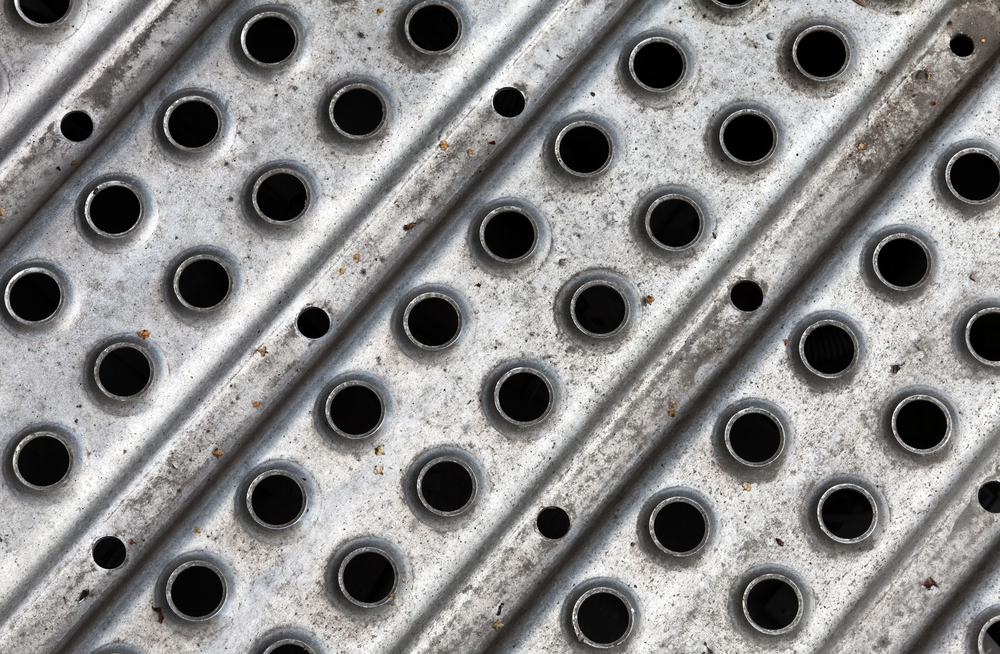Scientists Use Mathematical Shortcut to Create New Metals

To create new alloys, metallurgists for centuries have relied on trial and error. That could change.
A group of scientists at the Massachusetts Institute of Technology has come up with a mathematical model that lets them predict what kinds of alloys will be stable, without having to go through the laborious process of making them and trying them out.
Most metals consist of tiny crystals at the nanometer scale. This is what gives metals their varying properties – their hardness or ductility, for example. In many high-tech metals, building an alloy with lots of nanocrystals can boost hardness. But these structures aren't stable; as the temperature goes up or the metal is stressed, the crystals merge and get bigger (they essentially melt), and the properties that made them special are lost.
Tongjai Chookajorn, Heather Murdoch and Christopher A. Schuh came up with a way to make a map of a given element's stability at a certain temperature, using a mathematical model. It lets metallurgistssee what other elements they can add to the base metal (known as a matrix or solvent) to get stable structures and keep them intact at high temperatures.
[Shortage of Rare Metals Could Threaten High-Tech Innovation]
The team tested tungsten, which is one of the strongest metals known and has the highest melting temperature. Schuh told InnovationNews Daily that the high melting temperature means it needs to be hot in order to be processed, so keeping the nanocrystal structures stable is a lot harder to do. The mathematical model, developed by Murdoch, suggested a few candidates that would allow the structures to stay stable, such as titanium, zinc, chromium and gold. It also showed that copper, cadmium and strontium would not work.
After deciding to use titanium (which also is strong and has a high melting point), Chookajorn tackled making the actual alloy. The alloy worked as the model said it would: At 2,012 degrees Fahrenheit (1,100 degrees Celsius), the nanocrysals stayed stable for a week.
Sign up for the Live Science daily newsletter now
Get the world’s most fascinating discoveries delivered straight to your inbox.
Another thing the new model does is indirectly show how the alloying material mixes with the base. To maximize strength, the secondary metal – in this case titanium – has to gather near the boundaries of the nanocrystal structures. When that happens, the nanocrystals are more likely to remain stable. Chookajorn said they are working on another model to look into the actual structure of alloys.
The group has tried its technique with other metals, though it hasn't tried making the actual alloys yet. "We do expect that when experiments are done, it will lead to new nanostructured alloys with high stability and which were not previously made," Schuh wrote in an email.
The research is detailed in the Aug. 24 issue of the journal Science.











